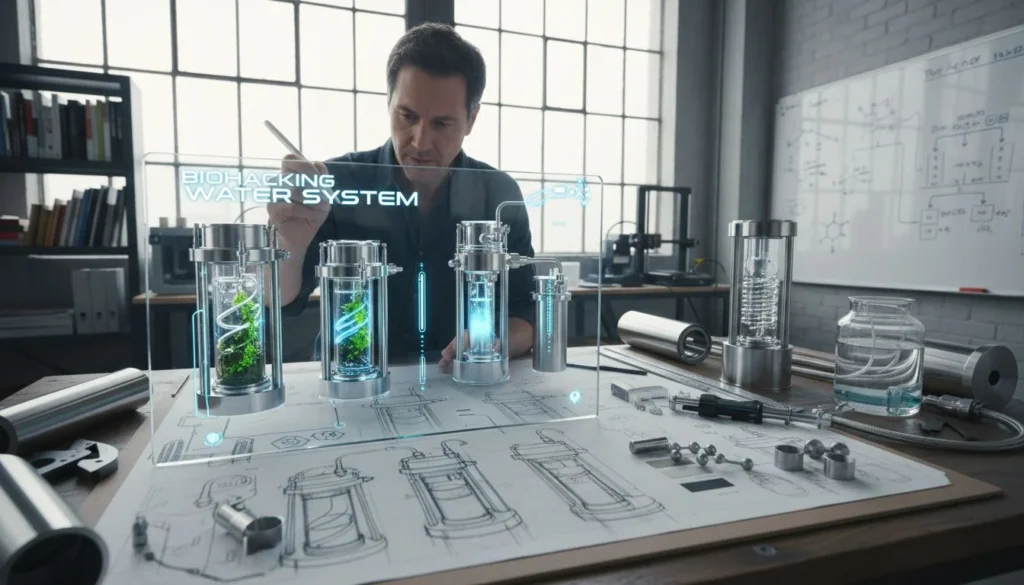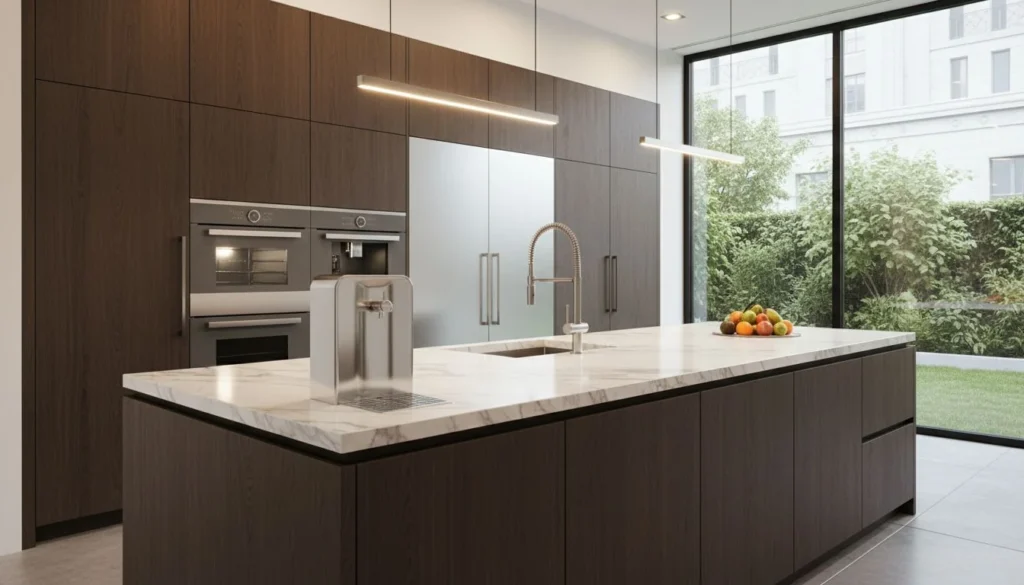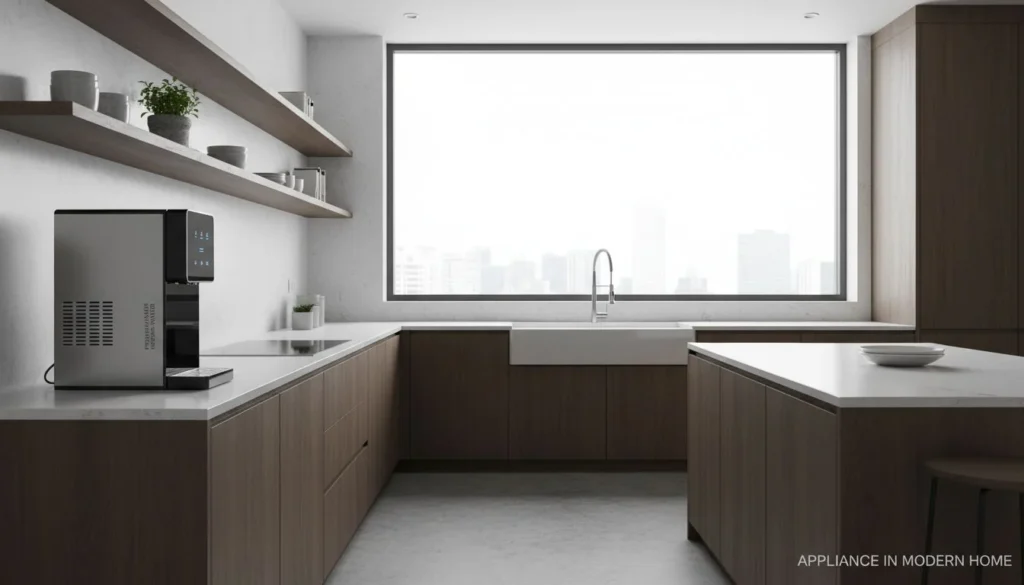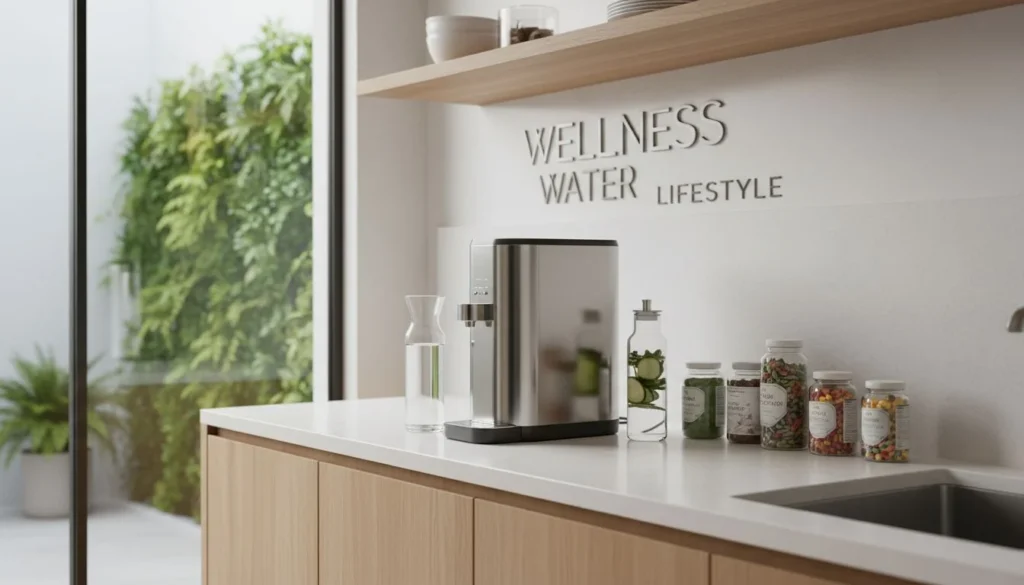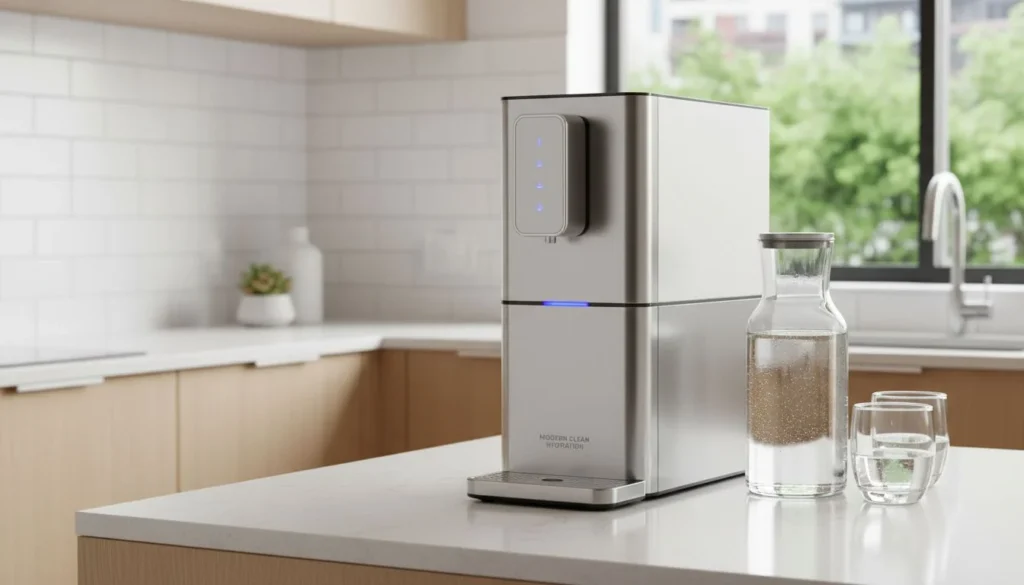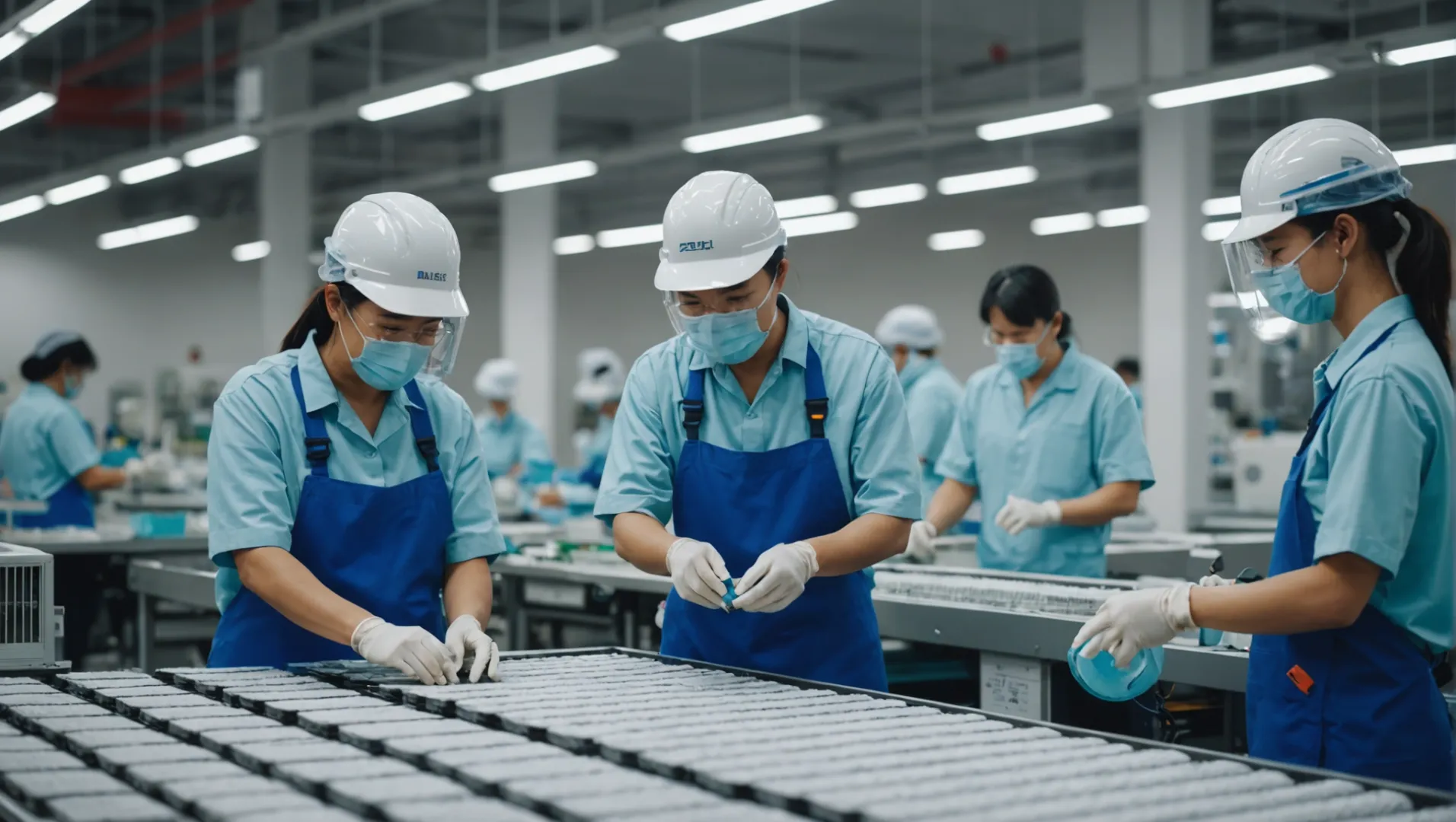
Ever wondered where our air purifiers come from? Let’s dive into the fascinating world of air purifier production and discover the frontrunners—China and Cambodia.
China currently leads in air purifier production, boasting superior cost efficiency, production capacity, and research and development capabilities. Although Cambodia is emerging as an alternative production hub, China remains dominant due to its established supply chain and technological advancements.
But there’s so much more beneath the surface. Join me as we explore the intricate web of economic strategies and market trends that shape this booming industry.
China leads global air purifier production.True
China's cost efficiency and supply chain strength make it the leader.
What Gives China an Edge in Air Purifier Production?
China's dominance in air purifier production stems from its cost efficiency and robust supply chain infrastructure.
China excels in air purifier production due to its lower production costs, high manufacturing capacity, and advanced R&D facilities. The country's well-established supply chain network and strategic governmental policies further bolster its leading position in this industry.

Cost Efficiency and Production Capacity
China's ability to produce air purifiers at a lower cost is a significant advantage. The country's labor costs, although rising, remain competitive compared to Western nations. Additionally, the sheer scale of China's manufacturing sector allows for economies of scale, further driving down production costs. The availability of raw materials and components within close proximity reduces transportation expenses, enhancing cost-efficiency.
Research and Development Prowess
A key factor in China's leadership is its strong focus on research and development1. Chinese manufacturers continuously invest in R&D to innovate and improve air purifier technologies. This focus has led to the creation of more efficient and effective products, tailored to meet the diverse needs of global markets. The development of HEPA filters and advanced purification technologies exemplifies China's commitment to innovation.
Strategic Supply Chain Management
China's well-integrated supply chain network is a cornerstone of its manufacturing dominance. The country has a vast network of suppliers, manufacturers, and logistics providers that work seamlessly together. This integration reduces lead times and enhances the flexibility of production processes. In contrast, emerging hubs like Cambodia are still developing their supply chain infrastructure, which can pose challenges to scaling production.
Governmental Support and Policies
Supportive government policies play a crucial role in sustaining China's leadership in air purifier production. The Chinese government offers incentives such as tax breaks, subsidies, and grants to encourage domestic manufacturing. Moreover, initiatives to improve environmental standards have spurred demand for air purifiers domestically, further energizing the industry's growth.
China's strategic initiatives continue to solidify its position as the top producer of air purifiers globally. However, the landscape is evolving with emerging competitors like Cambodia making strides in this sector.
China's labor costs are lower than Western nations'.True
China maintains competitive labor costs, aiding in cost-effective production.
Cambodia has a more developed supply chain than China.False
China's supply chain is well-integrated, unlike Cambodia's developing infrastructure.
How Is Cambodia Emerging as a Manufacturing Hub?
As global manufacturing landscapes shift, Cambodia is making strides to position itself as a key player.
Cambodia is emerging as a manufacturing hub due to its strategic location, favorable investment policies, and competitive labor costs. The country's proximity to major Asian markets and alignment with the China+1 strategy attract international companies seeking diversification. However, challenges such as infrastructure and reliance on imported materials persist.
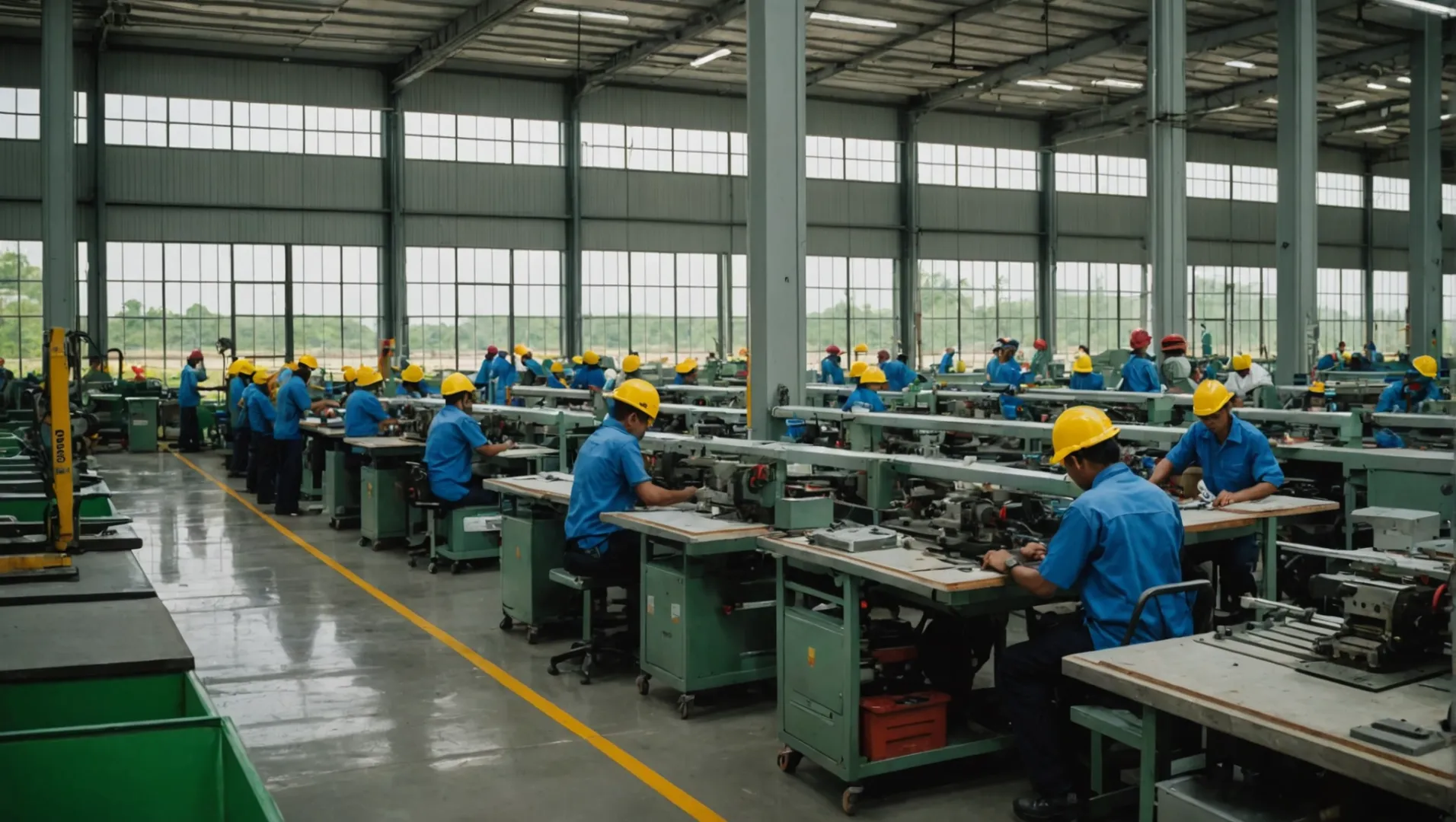
Strategic Location and Proximity
Cambodia's geographical advantage lies in its proximity to major Asian manufacturing giants like China and Vietnam. This location is pivotal for companies looking to implement the China+1 strategy2, which involves diversifying supply chains by establishing production bases outside China to mitigate risks associated with over-reliance on a single country.
Favorable Investment Policies
The Cambodian government actively encourages foreign direct investment (FDI) through tax incentives and economic zones. These policies are designed to create a business-friendly environment that attracts multinational corporations. For instance, the government has established Special Economic Zones (SEZs) offering tax holidays and duty-free imports, which are critical for firms aiming to reduce operational costs.
Competitive Labor Costs
Cambodia offers competitive labor costs compared to its regional counterparts. This cost-effectiveness is appealing to industries reliant on labor-intensive processes, such as garment manufacturing and electronics assembly. The availability of a young, trainable workforce further enhances Cambodia's attractiveness as a manufacturing destination.
| Factor | Cambodia | Vietnam |
|---|---|---|
| Average Monthly Wage (USD) | 190 | 280 |
| Ease of Doing Business Rank | 144 | 70 |
Infrastructure Challenges
Despite these advantages, Cambodia faces significant infrastructure challenges. The country is investing in improving its roads, ports, and energy supply systems, but these developments require time and substantial investment. Companies must weigh the benefits of lower costs against potential logistical hurdles.
Reliance on Imported Materials
Most raw materials and components still need to be imported, primarily from China. This dependency can pose risks related to supply chain disruptions. As Cambodia develops its manufacturing sector, efforts are being made to build local supplier networks that could reduce reliance on imports and enhance supply chain resilience.
Future Prospects
With continued focus on infrastructure development and policy improvements, Cambodia has the potential to strengthen its position as a manufacturing hub. However, to truly capitalize on this opportunity, it must address existing challenges while leveraging its strategic advantages. As global companies continue to diversify their supply chains, Cambodia's role in the regional manufacturing ecosystem could see significant growth.
Cambodia's labor costs are lower than Vietnam's.True
Cambodia's average monthly wage is $190, lower than Vietnam's $280.
Cambodia relies solely on local materials for manufacturing.False
Cambodia imports most raw materials, primarily from China.
What Impact Do Tariffs Have on Air Purifier Production?
Tariffs are reshaping the global air purifier industry, affecting production strategies and market dynamics.
Tariffs on Chinese goods have increased production costs for air purifiers, prompting companies to diversify manufacturing locations. This has led to shifts in the supply chain, with some manufacturers exploring alternative sites in Southeast Asia.
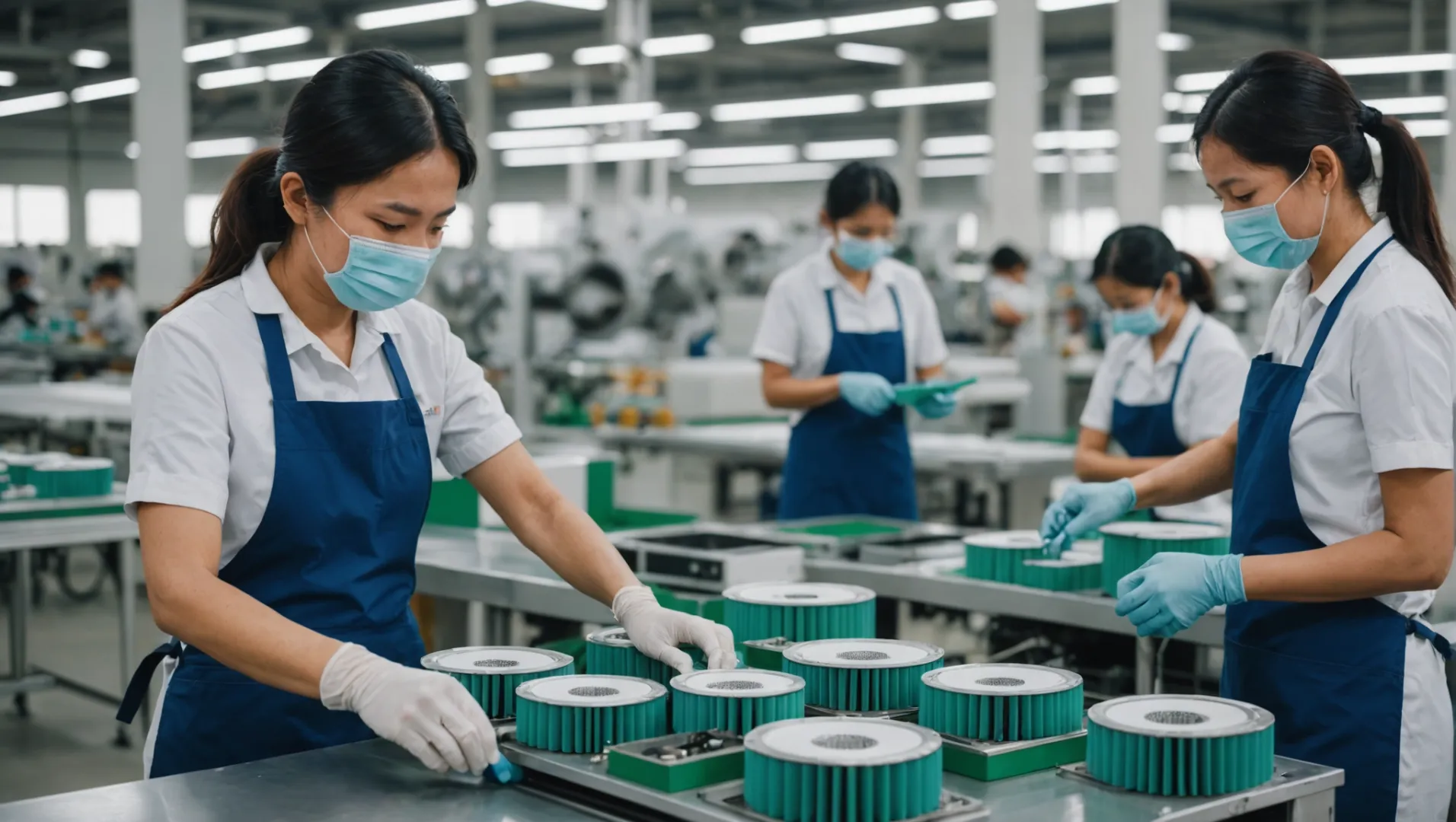
Understanding Tariffs' Influence on Production Costs
The imposition of tariffs, particularly by the United States on Chinese imports, has significantly increased the cost of producing air purifiers. As the US represents one of the largest markets for these products, any increase in costs due to tariffs can directly impact the pricing strategies and profitability of manufacturers.
To mitigate these effects, companies are increasingly adopting the China+1 strategy3 to diversify their production base. This involves maintaining a primary manufacturing site in China while establishing additional facilities in countries like Vietnam or Thailand.
Navigating Supply Chain Shifts
The tariff situation has prompted a reevaluation of supply chains. Manufacturers are exploring alternative sites for their operations, looking towards Southeast Asian countries that offer proximity to China. The relocation aims to capitalize on lower labor costs and avoid high tariff rates.
Despite these shifts, many crucial components and raw materials still originate from China. This reliance ensures that while manufacturing locations may change, the core supply chain elements remain intertwined with China's industrial ecosystem.
Strategic Responses by Key Players
Several leading manufacturers are responding to tariffs by moving their production bases to countries like Cambodia. These countries provide a strategic advantage due to their proximity to China and favorable trade agreements with major markets like the US.
A detailed example can be seen in how companies manage their R&D activities4. While factories may relocate, research and development efforts often stay rooted in China, leveraging its advanced technological infrastructure and expertise. This allows for continued innovation while strategically navigating tariff implications.
Tariffs have decreased air purifier production costs.False
Tariffs have increased production costs, not decreased them.
Manufacturers are using the China+1 strategy to mitigate tariffs.True
The strategy involves diversifying production beyond China to reduce tariff impact.
Is the 'China+1' Strategy Reshaping the Industry?
The 'China+1' strategy is becoming a pivotal factor in global manufacturing trends.
The 'China+1' strategy, aimed at diversifying production beyond China, is significantly reshaping industries by mitigating risks associated with over-reliance on a single country. This approach is driving companies to explore new manufacturing hubs like Vietnam, Thailand, and Cambodia.

Understanding the 'China+1' Strategy
The 'China+1' strategy involves companies moving part of their production outside China while maintaining a significant presence there. This approach is primarily driven by the need to diversify supply chains and reduce dependence on a single country, thus minimizing risks such as tariff impacts and geopolitical tensions.
Factors Driving the Strategy5
Several factors contribute to the adoption of the 'China+1' strategy:
- Geopolitical Tensions: With the imposition of tariffs and trade restrictions, many companies are seeking to mitigate risks by expanding operations to other countries.
- Cost Considerations: While China offers competitive advantages in terms of cost and capacity, rising labor costs are prompting businesses to explore more cost-effective locations.
- Supply Chain Resilience: By diversifying production locations, companies can enhance their supply chain resilience, ensuring business continuity even amid disruptions.
Emerging Manufacturing Hubs6
Countries like Vietnam, Cambodia, and Thailand are emerging as attractive alternatives. These nations offer several advantages:
- Proximity to China: Close geographical proximity allows for efficient logistics and continued access to China's raw materials and components.
- Favorable Trade Agreements: Many of these countries have beneficial trade agreements with major markets, reducing tariffs and facilitating smoother trade.
Industry-Specific Implications
In industries such as electronics and textiles, the 'China+1' strategy is more pronounced. Manufacturers are setting up new plants in Southeast Asia while retaining R&D and engineering bases in China due to its robust technological ecosystem.
Challenges and Considerations
While the strategy presents opportunities, it also brings challenges:
- Infrastructure Development: Emerging hubs may lack the sophisticated infrastructure found in China, requiring significant investment.
- Skilled Workforce: Building a skilled workforce in new locations is crucial for maintaining production quality and efficiency.
Understanding these dynamics helps industries navigate the complexities of global manufacturing shifts effectively.
'China+1' strategy reduces reliance on China.True
The strategy aims to diversify production, minimizing dependence on China.
Vietnam is a key player in the 'China+1' strategy.True
Vietnam is emerging as a manufacturing hub due to favorable conditions.
Conclusion
While China still leads, the landscape of air purifier production is evolving. Keeping an eye on these trends is essential for future opportunities.
-
Explore China's innovative advancements in air purifier technology.: China's air purifier market penetration rate is less than 2 percent, which is far behind the global average. The figure is 40 percent in Europe ... ↩
-
Understand the strategic approach driving Cambodia's manufacturing growth.: The China Plus One Strategy, also known as Plus One or C+1, is a supply chain strategy that encourages companies to minimize their supply chain ... ↩
-
Discover how companies diversify production beyond China to mitigate tariffs.: The China air purifier market size was estimated at USD 2.58 billion in 2023 and is expected to grow at a CAGR of 7.6% from 2024 to 2030. ↩
-
Explore why R&D remains anchored in China despite manufacturing shifts.: Indoor filtration can effectively reduce indoor concentration of PM2.5, thus leading to reduction in human exposure (Bard et al., 2019, Barn et ... ↩
-
Explore why companies are shifting production from China.: Adopting China Plus One allows your company to explore competitive labor costs, favorable exchange rates, and tax incentives in different ... ↩
-
Learn about emerging manufacturing hubs in Southeast Asia.: In recent months, media attention has increasingly turned towards India and Vietnam as two prominent contenders for the China Plus One strategy. ↩


